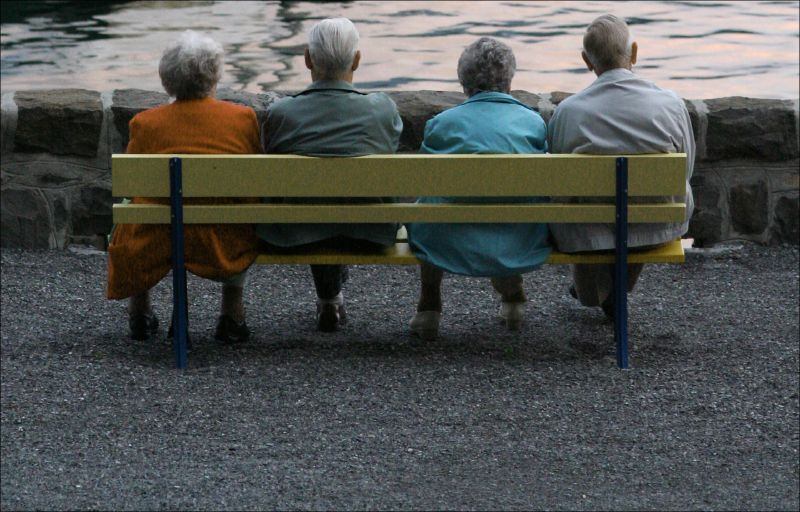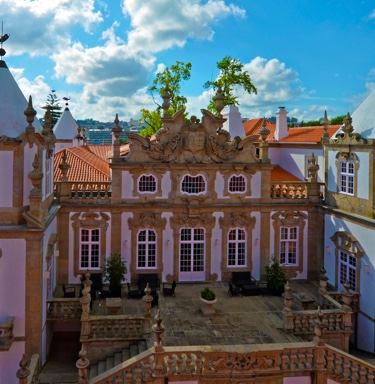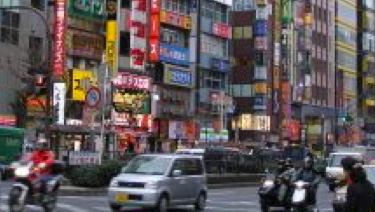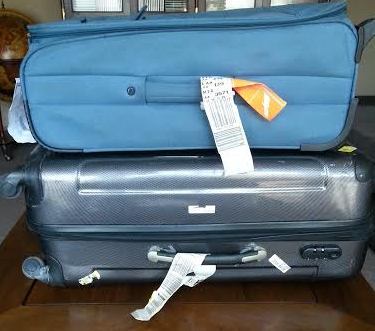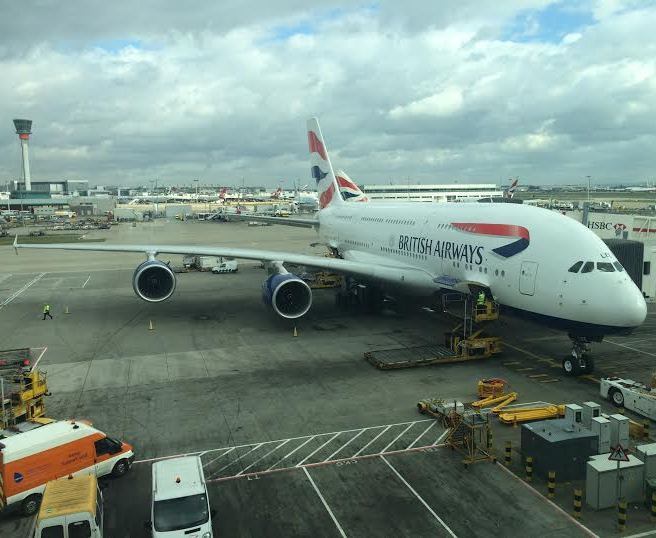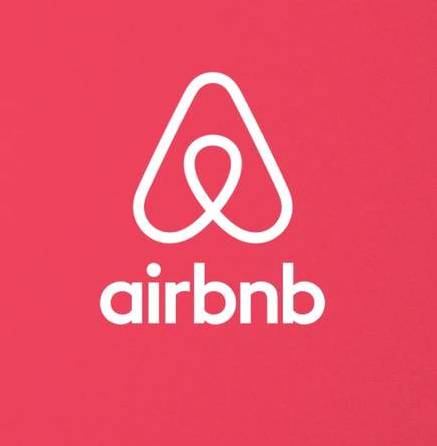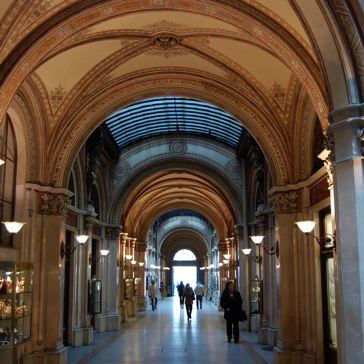 In part one of Cruising the Danube River, Karen Elowitt reflected on the festive Christmas markets and historic sights of Budapest and Bratislava as she sailed along the Danube River on a Uniworld cruise.
In part one of Cruising the Danube River, Karen Elowitt reflected on the festive Christmas markets and historic sights of Budapest and Bratislava as she sailed along the Danube River on a Uniworld cruise.
In part two, she shares her impressions of Vienna and Krems, both from the vantage point of a ship and on land, and notes some pros and cons of traveling by river.
If viewed from the river, Vienna doesn’t make much of an impression. Aside from one dramatic 19th-century church and glimpses of a few skyscrapers, it looks like a large, unremarkable European city.
Austrians say that the Danube simply passes by Vienna, while other cities such as Linz (which I visited later) are built around it.
But once you get onshore, that all changes. The city’s grandeur blows you away. Vienna was once the imperial capital of the Austro-Hungarian empire, and the acres of palaces, gardens, cathedrals, churches, concert halls and boulevards make it clear that royalty and nobility once lived here in style.
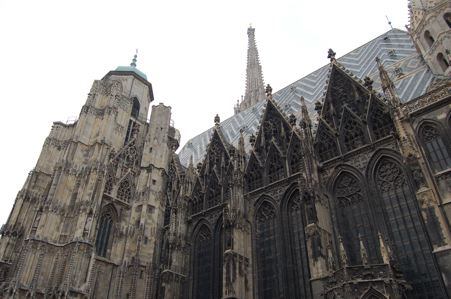 By far the largest city in Austria, Vienna’s 1.7 million residents are spread over 23 districts in an area of 160 square miles. Because of its size, our tour started on the bus and traversed the Ringstrasse (the ring road which borders the central part of town), where most of the important monuments and buildings are located.
By far the largest city in Austria, Vienna’s 1.7 million residents are spread over 23 districts in an area of 160 square miles. Because of its size, our tour started on the bus and traversed the Ringstrasse (the ring road which borders the central part of town), where most of the important monuments and buildings are located.
The on-foot portion of the tour, which covered a small area right in the dead center of town, gave me a stiff neck—and not just because of the cold. The monuments, such as St. Stephan’s Cathedral, the city hall, and the opera house were all so tall that I literally stared straight up the entire time, while trying not to fall off a curb or walk into a light post.
Despite wearing three layers of pants, three tops, gloves, a hat, a scarf, and thick socks under my boots, I was still cold. I found myself ducking into doorways and huddling against storefronts whenever our guide stopped for a few minutes to give a bit of history or context.
Get more information in our European Travel section.
Surprisingly, the Viennese did not seem to be bothered by the cold at all. Women coming in and out of office buildings wore skirts with only thin tights underneath, and warm coats but no hats or scarves.
Babies and toddlers, on the other hand, were wrapped up so tightly in multiple layers of fleece and wool that they were barely able to move their limbs. It’s nice to know that not only in America are children are made to endure the discomfort of being severely over-dressed in winter.
Considering that my time in Vienna was limited, I had no choice but to be a good sport and bear the cold. When the guide dropped us off at the (outdoor) Christmas market, I immediately bolted to a stall selling hot Glühwein and reminded myself that I purposely chose a winter cruise. Then I set out to shop.
For more, don’t miss our Off the Brochure Travel Guide: Vienna, Austria.
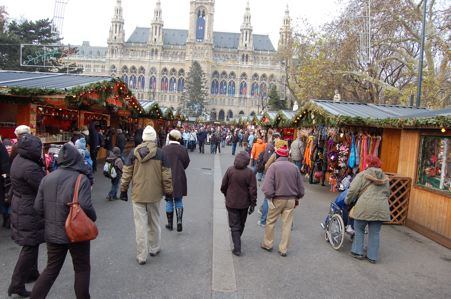 Like everything else in Vienna, the Christmas market is very grand. It’s actually set up on the grounds of the Rathaus (city hall), which at 10 acres, meant there was lot of territory to cover and a lot of knick-knacks to browse.
Like everything else in Vienna, the Christmas market is very grand. It’s actually set up on the grounds of the Rathaus (city hall), which at 10 acres, meant there was lot of territory to cover and a lot of knick-knacks to browse.
Supposedly most of the goods are made locally, but my fellow travelers and I still felt compelled to turn every item over and check its origins, just to be sure. No point going to a Christmas market in Europe only to buy things made in China, right?
After the Christmas market, the bus carried us back to the ship for lunch. Though the food on the River Beatrice is excellent and three meals a day were included in the cruise price, part of me wondered if I was missing out on something by not checking out the local restaurants.
More Christmas fun in Europe: ‘Tis the Season for Escaping to Europe.
Which is why I grabbed a fellow cruiser and headed into town after lunch to try out the sweets at Café Demel, Vienna’s most famous pastry shop. While most of the other cruisers were on an afternoon excursion to Schöenbrun Palace, my friend and I were on a sugar high. My “Schokobomb” was exactly what it advertised itself as: an explosion of chocolate. And my hot cocoa was delicious too, and so thick you could stand a fork up in it.
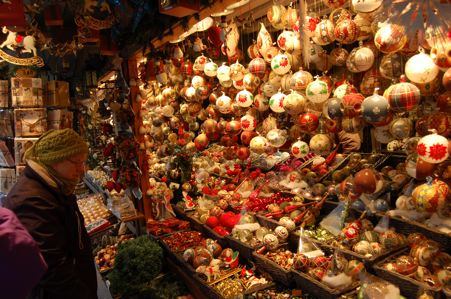 The two of us worked off the extra calories by hoofing it around the shopping district for the next couple of hours, marveling at the beauty of Stephansplatz at dusk. Elaborate arrays of Christmas lights hung across narrow lanes, high above the pedestrians below. A giant Christmas tree added a festive touch to the square, and the light dusting of snow on the ground made gave it that winter-wonderland feeling. I decided that maybe the cold was not so bad after all.
The two of us worked off the extra calories by hoofing it around the shopping district for the next couple of hours, marveling at the beauty of Stephansplatz at dusk. Elaborate arrays of Christmas lights hung across narrow lanes, high above the pedestrians below. A giant Christmas tree added a festive touch to the square, and the light dusting of snow on the ground made gave it that winter-wonderland feeling. I decided that maybe the cold was not so bad after all.
During dinner on board, while indulging in goulash, beef stroganoff and Sacher torte, I re-thought the whole restaurant issue. Though being on a cruise may mean mostly foregoing local eateries, the onboard chef compensates for this by intentionally preparing cuisine that ties in with the regional cuisine.
After eating we headed back into town yet again for a concert of classical music, dance and song at the Kursalon. Then, thoroughly worn out from the day’s back-to-back activities, I settled into bed around 11 p.m. with jet lag and aching feet, secretly anticipating the next day’s less-strenuous itinerary in Krems, 55 miles upriver.
Don’t miss Part 1 of Karen’s adventure in Budapest & Bratislava.
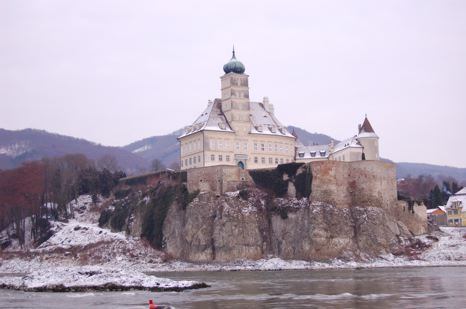 Krems
Krems
As I threw open the curtains shortly after my alarm rang Friday morning, I was treated to the delicious sight of a gingerbread town covered in a light layer of powdered sugar. I thought I was dreaming.
After I got off the ship, I realized it was no dream—that’s actually what the medieval town of Krems looks like in winter. Immaculate two-story houses with dark wood trim covered in a slight dusting of snow conjured up images of a Grimm’s fairly tale.
Unlike the other places we’d visited so far, Krems has a monastery overlooking the town instead of a castle. And instead of a Christmas market, the small but busy town center was filled with thousands of students going about their business.
Explore lesser-known parts of Europe with Barging Through Europe.
Krems has a permanent population of only about 25,000, but at least 8,000 students also reside there during term time, thanks to the University of Donau (Danube). The students, and the fact that Krems is located in Austria’s version of the Napa Valley, gave the town a somewhat artsy, laid-back vibe.
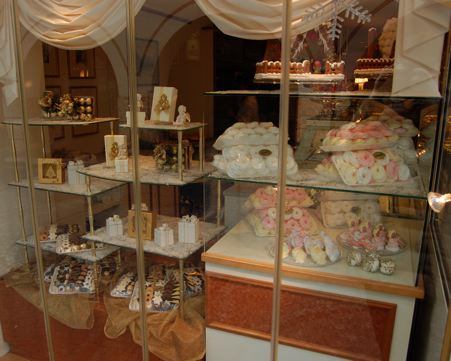 Shops in the town center offered an eclectic selection of goods, from authentic Afghan carpets, to meticulously decorated cakes and candies, to handmade marille (apricot) jam. In addition to grapes, lots of apricots are grown in the fertile Wachau valley.
Shops in the town center offered an eclectic selection of goods, from authentic Afghan carpets, to meticulously decorated cakes and candies, to handmade marille (apricot) jam. In addition to grapes, lots of apricots are grown in the fertile Wachau valley.
Gottweig Abbey loomed over the town like a fortress. Apparently the Benedictines liked to build their monasteries on top of hills, and this one was no exception. However, despite its stark, imposing exterior, the inside was quite ornate.
Built in the early 1700s, the abbey’s design ethic reflects the over-wrought Baroque style of that era. The grand staircase leading up to the massive inner courtyard features dozens of statues of Greek and Roman gods (a little mystifying, considering that it’s a Roman Catholic monastery), while the wildly colorful ceiling mural depicts Holy Roman Emperor Charles VI as Apollo on a chariot emerging from a blaze of sunlight.
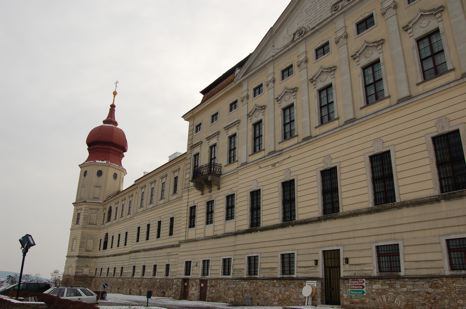 The chapel was no different. With a ceiling painted in blue and white, lush murals, gold trim, and marble walls, it was definitely a feast for the eyes. During the impromptu 20-minute organ concert I had adequate opportunity to study the detail, and it was only then that I realized the marble was not in fact real—the plaster walls were expertly painted to look like marble!
The chapel was no different. With a ceiling painted in blue and white, lush murals, gold trim, and marble walls, it was definitely a feast for the eyes. During the impromptu 20-minute organ concert I had adequate opportunity to study the detail, and it was only then that I realized the marble was not in fact real—the plaster walls were expertly painted to look like marble!
Though we didn’t see any actual monks, 60 of them apparently study, pray or live at Gottweig. Their library contains over 130,000 books and manuscripts, some of which date back 1,000 years. There is also an impressive collection of religious engravings in the abbey, but neither the library nor the engravings are accessible to members of the general public.
Though I would have liked to have stayed in Krems for another few hours, we were ushered back onto the ship at midday. The idea was to spend the afternoon cruising up the Wachau valley while it was still light out, because unlike some other parts of the Danube, this portion was very picturesque.
Get more travel ideas in Backpacking Europe: Austria & Slovenia.
After a while all the towns began to blend together, but I never got bored of the endless montage of crumbling hilltop fortresses, churches topped with onion domes, and pastel-colored bungalows clustered around quaint town squares. The sun even peeked out from behind the clouds late in the day, illuminating the hibernating grape vines clinging precariously to the terraced hillsides.
Throughout the afternoon, our jolly Welsh tour director Tony offered a running commentary on the history and geography of the area, as tea, cakes and wine were served in the lounge. A few of the children onboard made a snowman from the snow that had accumulated on the upper deck earlier in the day.
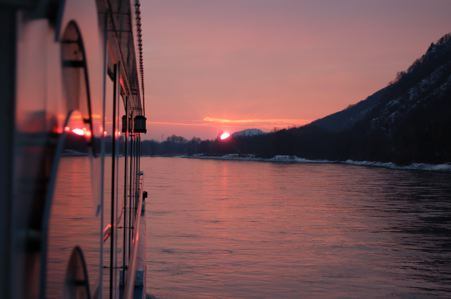 Shortly before sunset, Schönbuhl castle dramatically appeared from around a bend, then the sun sank into the river as we entered one of a series of locks. In about 20 minutes we rose about 60 feet, then headed northward as a thick, eerie fog began to envelop the ship.
Shortly before sunset, Schönbuhl castle dramatically appeared from around a bend, then the sun sank into the river as we entered one of a series of locks. In about 20 minutes we rose about 60 feet, then headed northward as a thick, eerie fog began to envelop the ship.
Locks are part and parcel of river cruising, and the River Beatrice goes through 11 of them during the eight-day, 560-mile journey from Budapest to Passau. Entering a lock is relatively uneventful, unless you are an engineering type who gets a thrill out of the technical aspect of it, I suppose.
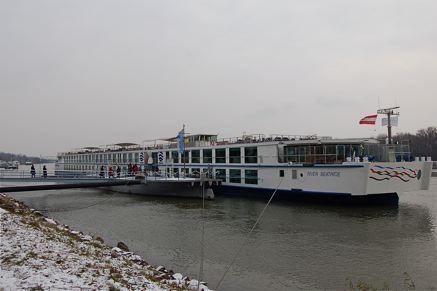 The only drawback of a lock is that while you go through one, the ship’s satellite-based TV and Internet service tends to conk out. If you’re a heavy Internet user like me, that can be annoying. The Internet service is not really reliable in the first place (especially when the ship is moving), but gets even less so in a lock.
The only drawback of a lock is that while you go through one, the ship’s satellite-based TV and Internet service tends to conk out. If you’re a heavy Internet user like me, that can be annoying. The Internet service is not really reliable in the first place (especially when the ship is moving), but gets even less so in a lock.
As I prepared for bed Friday night, I could feel the ship gently vibrate as we entered yet another lock and headed through the fog toward Linz, the gateway to Salzburg. The TV signal flickered and died, so I shut it off and fell asleep to the faint strains of music emanating from the lounge, where at least a dozen guests were dancing the night away.
Keep reading for part three of Karen’s Christmas market adventure along the Danube …
By Karen Elowitt for PeterGreenberg.com.
Related articles:





